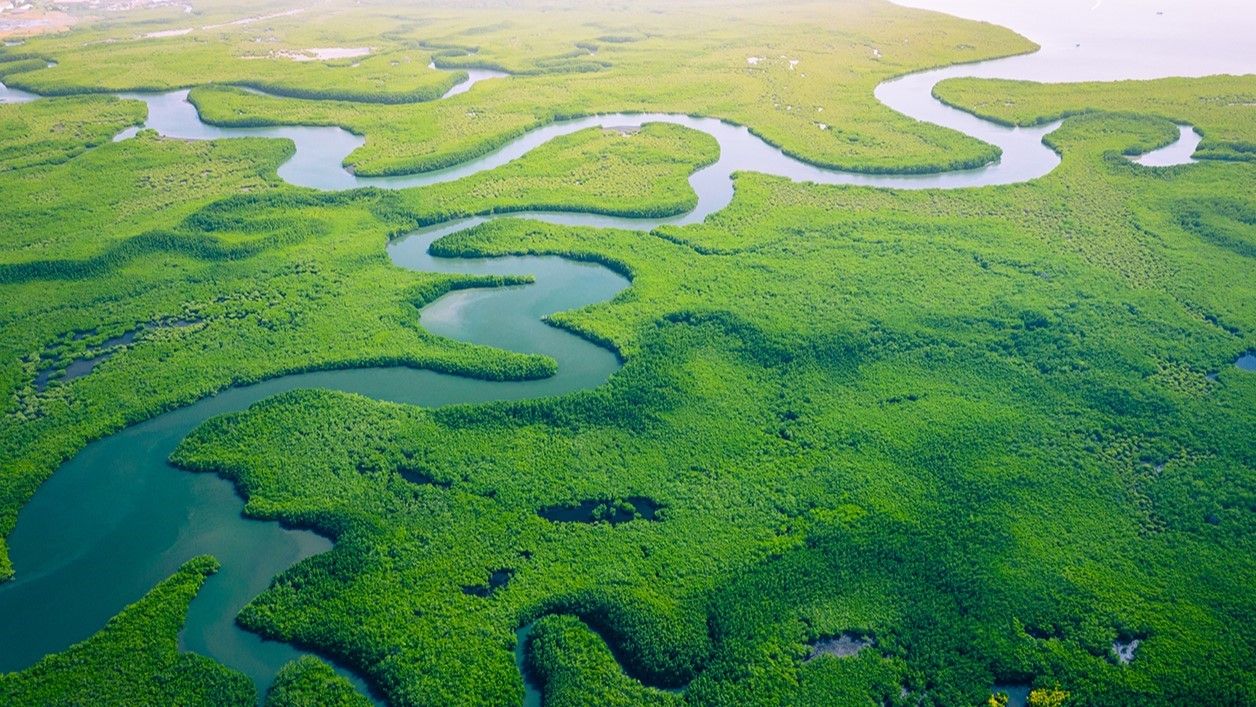With some scientists suggesting the world has entered into its sixth mass extinction cycle, a recent Legal & General Investment Management (LGIM) webinar – Nature Nurture: Can Investors Seek To Protect Nature And Still Deliver Returns – offered insights into the complexities and opportunities in investing in biodiversity and natural capital.
As investment commentators flagged in ESG Clarity’s recent outlook series, nature is one of the most discussed topics in investment today, having come to the fore following in the footsteps of climate, to which it is intrinsically linked.
With the Taskforce on Nature-related Financial Disclosures announcing their first adopters list and the Principles for Responsible Investment outlining its own recommendations, LGIM highlighted a few key points of consideration for investment professionals looking toward nature as the next step on their sustainable journey.
Debt-for-nature swaps
The panellists discussed Legal & General’s involvement with ‘debt-for-nature’ swaps, and how these investments benefit the natural world, citing an International Monetary Fund report which suggests that, by 2050, it will cost as much as $6trn a year globally to mitigate climate change. While developed economies are more able to forward the transition and invest in mitigation and adaptation efforts, Shuen Chan, head of responsible investment and sustainability at LGIM Real Assets, noted there is a significant funding gap for emerging economies.
“Debt-for-nature swaps are essentially a form of blended finance that combines private capital with public and/or donor funding, including from the likes of multilateral development banks, which can significantly bring down the risk profile of the transaction to invest in green or outcome-driven projects,” explained Chan.
“These types of transactions were developed in the 1980s to address the problem of nature loss and high sovereign debt by exchanging a proportion of that debt for the conservation or restoration of nature, enabling countries to refinance under more favourably terms and allocate a portion of the proceeds toward a specific biodiversity outcome. The result is a lower debt burden, but also a sovereign and private finance channel for conservation goals.”
Last year, LGIM said it took part in the biggest debt-for-nature swap so far agreed. Through the agreement, Ecuador reduced its sovereign debt from $1.6bn to $656m, while channelling funds into marine conservation to preserve biodiversity in the region.
“There is potential for a strong pipeline for these types of transactions, alongside other transaction such as outcome bonds, which focus on key environmental, nature-related and social development outcomes, and we will assess these opportunities to bring to our clients,” concluded Chan.
Considerations for allocating to nature-based solutions
Nature-based solutions, or ‘rewilding’, can incorporate anything from carbon removal solutions to restoring natural ecosystems via forest restoration or regenerative agriculture to address biodiversity loss. According to Chan, asset owners first should think about the outcomes they want to target and make themselves aware of the different opportunities before diving in.
“There are three key considerations for asset owners. The first one is around impact integrity, in the sense that it must be science based, it should meet standards around additionality and permanence and consider co-benefits such as supporting local development.
“The second one is around credibility and track record, which is very important because choosing the right partners is critical. These investments are often very long term, they are illiquid, they are location specific and they are complex to manage. So, depending on the types of investment opportunities, it requires specialist expertise, or a combination of experts, and it is very important to ensure they have credibility.
“And the final point is about measurability, transparency and disclosure. That’s probably the most complex aspect, measuring biodiversity in nature. The ability to monitor and track KPIs and outcomes is key, and that will be an ongoing challenge over the new few years.”
Fiduciary duty and TNFD
Trustees and other asset owners that are subject to fiduciary duties are going to need to be “quite careful” when looking at the recommendations from the Taskforce on Nature-related Financial Disclosures (TNFD), in terms of what they’re measuring and why they’re measuring it, according to Stuart O’Brien, partner at specialist law firm Sacker & Partners.
“When you’re looking at fiduciary duties as they apply to investments, they’re best understood as being about the motive of the trustee or other asset owner for making a particular investment decision,” noted O’Brien.
“There are three core limbs to fiduciary duty. Acting for proper purposes and taking into account factors that are relevant to that purpose are two of those, but the third limb is one of the most important ones, which is that trustees have to act prudently. And, when you take all of those together, it is well understood that trustees can and should act on any matters that impact risk or returns for their portfolio, including environmental risks.”
Climate and nature-related issues are well within the boundaries of fiduciary duties, continued O’Brien, but it is also the point at which some care is needed, as TNFD also states that asset owners should look at the extent to which their investments target nature-positive impact.
“You can take a view that companies that do good in that sense ought to do well, as the financial proposition will be subject to less regulatory or other transition-related risks. But trustees and asset owners with fiduciary duties are going to need to make sure they go through that thought process and satisfy themselves of that link. In other words, if you decide you’re targeting positive impact on nature, and you’re setting that as a metric or a target, that will bring up a lot of interesting questions.”








